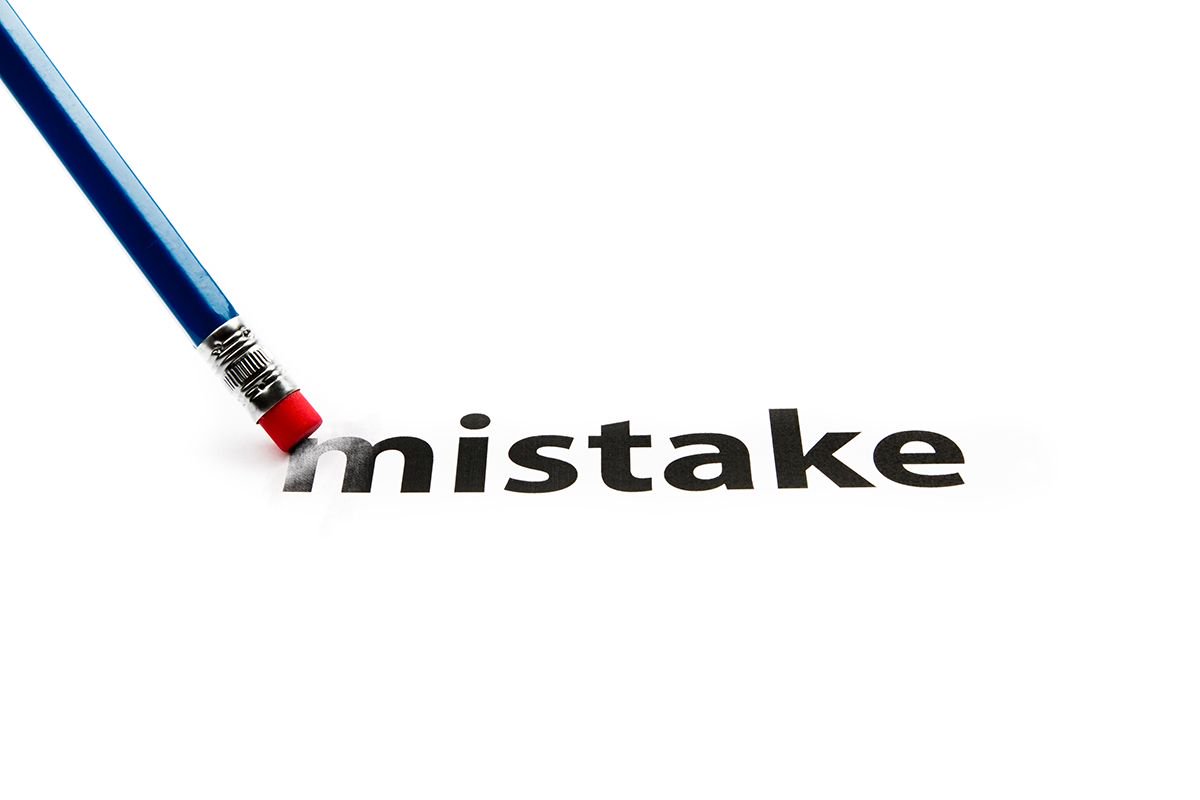
4 Pillar Page Mistakes to Avoid
 Pillar pages are an important part of building an organized website and increasing your search engine rank. Due to algorithm changes, you need pillar pages in your SEO strategy today. If you’re just getting started building your page, or you’re looking for tips to improve, keep reading to learn how to build an effective pillar page—one that’s clear of these four mistakes.
Pillar pages are an important part of building an organized website and increasing your search engine rank. Due to algorithm changes, you need pillar pages in your SEO strategy today. If you’re just getting started building your page, or you’re looking for tips to improve, keep reading to learn how to build an effective pillar page—one that’s clear of these four mistakes.
1. You Haven’t Included Relevant Hyperlinks
Hyperlinks are an important part of pillar pages, but you want to use them in a specifically structured way. Not only is there danger in avoiding internal and external links altogether, but it’s a big problem if you use too many. You shouldn’t link to just any web page. The links should be relevant and come from authoritative, credible sources.
Visitors shouldn’t be overwhelmed by links when they first open the page. Structure links in a way so more appear as the reader continues down the page.
2. You Left Out Click-Friendly Buttons
Page buttons may feel like a minor detail to you, but you’d be surprised how many people don’t like scrolling up and down pages and would prefer the ability to simply click right to where they want to be.
From “back to top” buttons to a jump menu, easy page navigation puts the reader in control. They get to do whatever they want and quickly get to wherever they need to be. It’s a small, easy convenience that leaves a better impression on your viewers, and it makes readers more likely to stay on your site.
3. You Haven’t Added Calls to Action (CTAs)
Entice readers with calls to action. If your pillar page doesn’t have any, how can you direct them as to what to do next? It’s important that pillar pages contain CTAs, which can be in the form of downloadable offers, demos, and anything else relevant to your core topic.
Provide readers with something extra that they can also move forward to.
4. You’re Neglecting Keywords
Are keywords still important? While they’re no longer the dominant factor, they are still important to guide your word choices. When you first begin formatting your pillar page, it’s okay to put keywords on the backburner. You’re focusing on topics at this stage, not narrowing anything down to a set of specific words. After the pillar page is ready, bring the keywords concept back.
Begin your keyword research after establishing your cluster topics. You’ll discover which words have substantial search volumes. Use these keywords in your tags and headers.
Creating a pillar page can help you organize your website and improve your Google rank. Don’t make these four mistakes when building it.

CEO and Chief Revenue Scientist
Mike Lieberman, CEO and Chief Revenue Scientist
Eliminate Hit-or-Miss Marketing Moves
Get advice, tips, tools and guidance to generate more leads for your company in this weekly email newsletter.



Eliminate Hit-or-Miss Marketing Moves
Get advice, tips, tools and guidance to generate more leads for your company in this weekly email newsletter.













